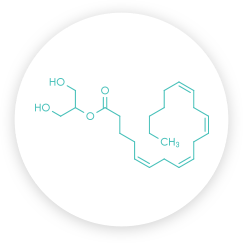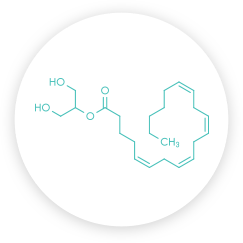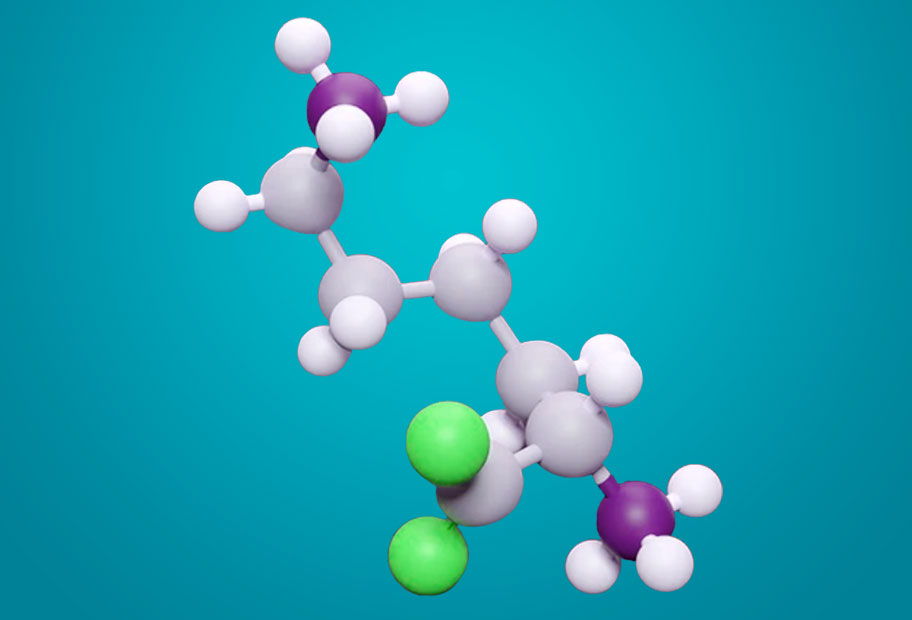How The ECS Works
The ECS involves 3 main components: Endocannabinoids, Receptors, and Enzymes.
1) Endocannabinoids
Also called endogenous cannabinoids, endocannabinoids are molecules made by your body. They’re similar to cannabinoids, but they’re naturally produced by your body. There have been 2 key endocannabinoids identified:

Anandamide (AEA)

2-arachidonoylglycerol (2-AG)
These assist in keeping internal functions running smoothly and are naturally produced by your body as needed.
2) Endocannabinoid Receptors
These receptors are found throughout the body and are bound by endocannabinoids in order for them to signal that the ECS needs to take action.
There are two main endocannabinoid receptors:

CB1 receptors,
which are mostly found in the central nervous system

CB2 receptors,
Play a role in regulating immune signaling and inflammatory responses throughout the body.
Endocannabinoids can bind to either receptor and the effects depend on where the receptor is located and which endocannabinoid it binds to. For example, if endocannabinoids target CB1 receptors in a spinal nerve, it could help to reduce pain. If they bind to a CB2 receptor in your immune cells, that could signal that your body is experiencing inflammation.

3) Enzymes
Enzymes are responsible for breaking down endocannabinoids once they have completed their functions. The two main enzymes in the ECS are:
• Fatty acid amide hydrolase, which breaks down AEA
• Monoacylglycerol acid lipase, which typically breaks down 2-AG
• Monoacylglycerol acid lipase, which typically breaks down 2-AG

How Does CBD Interact with the ECS
Cannabidiol (CBD) is a major cannabinoid found in cannabis, besides tetrahydrocannabinol (THC). Unlike THC, CBD does not give you that “high” feeling and typically does not cause any negative effects. The non-psychoactive properties of CBD have made it ideal for therapeutic use.
Research has found that CBD does not bind to CB1 or CB2 receptors in the same way that THC does, but it does help prevent endocannabinoids from being broken down. This allows them to have more of an effect on your body.
While research is constantly being conducted, many have found that CBD can help with pain, nausea, and other symptoms associated with multiple conditions.

